ARMED with diving gear or simply with a mask and fins, men are now exploring the wonders of the underwater world. Let the others go to the moon and plan new explorations in space,water enthusiasts are happy to explore some of these little-known regions on our planet. Life and activities on the seabed offer their special attractions. The silent world offers a comforting contrast to the noise of life on the surface.
The underwater adventure does not necessarily imply the free slaughter of the inhabitants of the sea, but there are also useful and practical objectives. Oceanographers who are aware of the great potential of underwater agriculture offer this partial solution to the world food problem. Botany and biology students are very interested in the flora and fauna of the sea, many others are attracted by the beauty and color and the innumerable forms of art with which the seas abound.
The best place for this adventure under the waves is in tropical seas, where the water temperature is not too low for long diving excursions. The clean and clean waters of the coral seas invite adventurers to the best places.
The coral reef
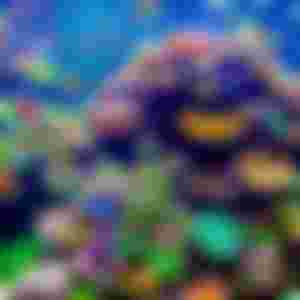
Why should coral seas be a special attraction? How coral thrives in rough enough waters to ensure water replacement and fresh supply of microscopic plankton, and around coral growth is the largest variety of underwater life. Small creatures search for protective corals, reefs with numerous caves and crevices, while larger creatures constantly navigate the neighborhood in hopes of catching a carefree little creature that has strayed too far.
What is this coral reef? It may look like a perforated rock. However, its formation is not at all similar to that of rock. Coral formation is, in effect, the result of the architectural work of many generations of small sea creatures, creatures linked to the famous jellyfish and sea anemones. These creatures, called polyps, are jelly-like, flexible, cylinder-shaped. One end is anchored in the coral colony, the deserted houses of a previous generation. The other end is the creature's mouth that opens at night in a fringe of small tentacles that extend and feed on plankton that rises to the surface waters. Each octopus builds a protective envelope around it, a kind of individual apartment made of calcium carbonate secreted by its outer skin. During the day, these polyps are removed to their shelters.

With an infinite number of these little architects working side by side, soaring into the sun, year after year, century after century, the coral reef has acquired its current appearance. Marine plants have taken root, algae, sponges and algae are housed, all shared to some extent to cement the structure. The result: the coral reef, which is often referred to as an "underwater building".
In general, the coral reef is found in shallow coastal waters where sunlight and heat from the sun penetrate deeply. One reason seems to be that, in the body of each polyp, there are microscopic plants that make a vital contribution to its digestive process and, like most plants, depend on photosynthesis. Without sunlight, these plants die, just like the octopus.

Although the architecture of the coral reef is strong and durable, there are also disintegrating forces, the most important of which are powerful storms that often break coral pieces weighing several tons and throw them like matches on the coral reef.
Coral variety
There are also other corals that do not accumulate on the reef, although their presence increases their mass. There is the staghorn coral, whose growth resembles that of huge tree branches, about fifteen to twenty feet long and two feet thick at the base. Brain coral takes the form of rocks of different sizes, with signs that resemble brain convolutions. These grow in ponds near the coral reef.


There is the stinging coral, which is the ruin of divers, because it can cause a painful wound in creatures that venture too close. Another type of coral resembles the shape of the lettuce. Soft corals, unlike rock corals, include brightly colored stellar corals, others that are just a flabby mass with smooth, smooth, branching fingers, and others that look like large plates, about 6 to 8 feet in diameter, with polyps arranged in concentric circles


Lords of Reef
Leading architects and contractors, although coral polyps are, it must be admitted that fish are really the owners of coral reefs. Here they eat, play sports and take refuge from the largest predators in the sea. The coral reef population is available in a fantastic variety of strange shapes, sizes, colors and signs. Seen in the background of the many shades of coral, they resemble one of the colorful tropical birds and butterflies that float around a flower garden. There are reds, greens, yellows, blues and all the subtle nuances in between. The activity consists of quick starts and short stops in the middle of the irregular coral. Surveillance and mobility are essential. For this reason, most of the inhabitants of the coral reef are modest in size.
Near the reef, on the sandy ground, you can see the yellow-headed goldfish that digs its pit with its jaws. A few inches deep, the den offers shelter where the tail retreats first when danger threatens. These dens are generally lined with carefully selected pebbles. Shoals of angelfish and triggerfish will slide, some of which are beautifully marked. On the surface of the reef, the blue parrotfish, with the beak of a bird, breaks pieces of coral and feeds on the delicious polyps it contains.
Deep in the corners and crevices of the coral reef or hidden among piles of ballast stones from destroyed ships, perhaps the most formidable of all the coral reef inhabitants: the six-foot green eel and its cousin, Moray. Three feet. They are powerful creatures with sharp teeth that could rip a man's fingers if he wasn't careful where he put them. In addition to the reef, in deeper waters, they wait for the best attackers, always vigilant, waiting for the occasion of a good meal: the hammerhead shark, the white shark, the yellow shark and the great six barracuda. foot.
Barracuda, built for speed and attack power, is a highly selective diet. Some of the few creature attacks on humans are considered mistakes on your part. In general, they simply kill what they eat and there appears to be no deliberate waste or cruelty in their murder.
Although these large fish, in addition to coral reefs, pose problems for human visitors to the underwater world, there is another, more immediate danger against which to protect themselves. Take, for example, the common sea urchin. It is a meaty and poignant creature, with fragile and sharp spines. When you touch it, the thorns penetrate the meat and come out. They are extremely difficult to remove and can cause infections quickly.
Another danger is the jellyfish sting. To disarm the visitor, these are printed in dark blue, brown and yellow. But many of them can face a shocking bite. One of the most dangerous is the so-called Portuguese warship. It floats on the surface, suspending its long toxic filaments. Being involved with one of them can mean a bad bite, in some rare cases, to death.
Here, it is not out of place to notice a danger to polyps, these little architects of coral reefs. Thorny starfish typically scan and digest the number of polyps that can be found. However, in the Pacific region, the starfish appears to be undergoing a population explosion, to the point where polyps are cleaned from one cliff to another, turning them into algae-covered cemeteries or doomed and lifeless condominiums.
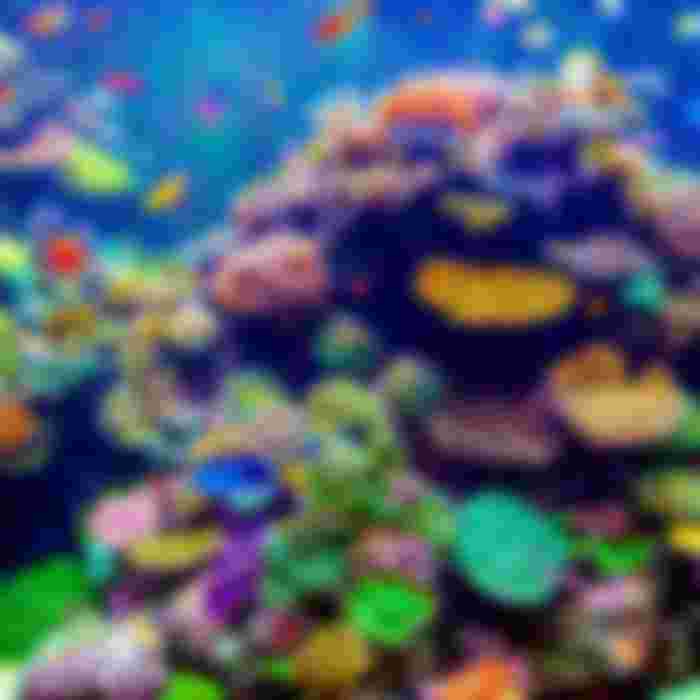
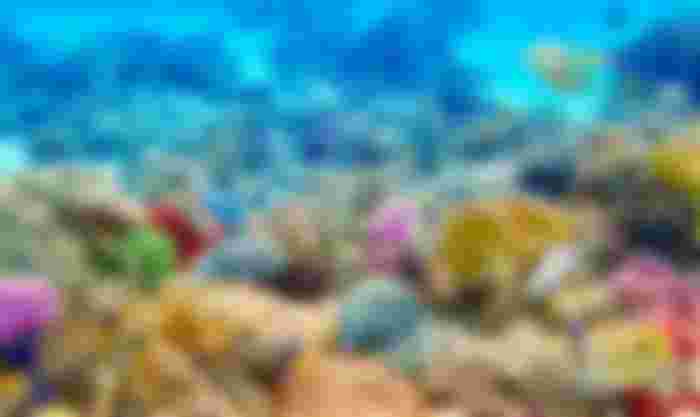
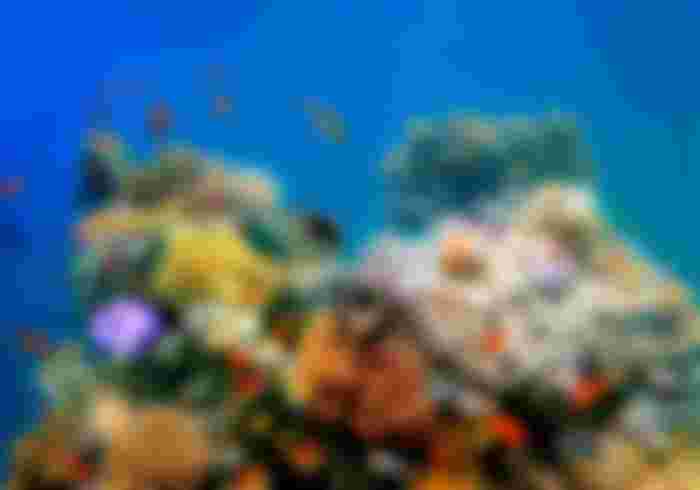

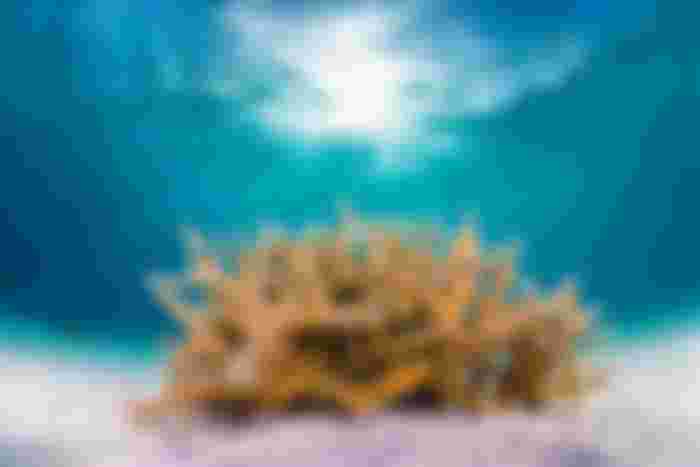


wow you finished it with success. the drawing is very nice. Never thought you are an artist too.